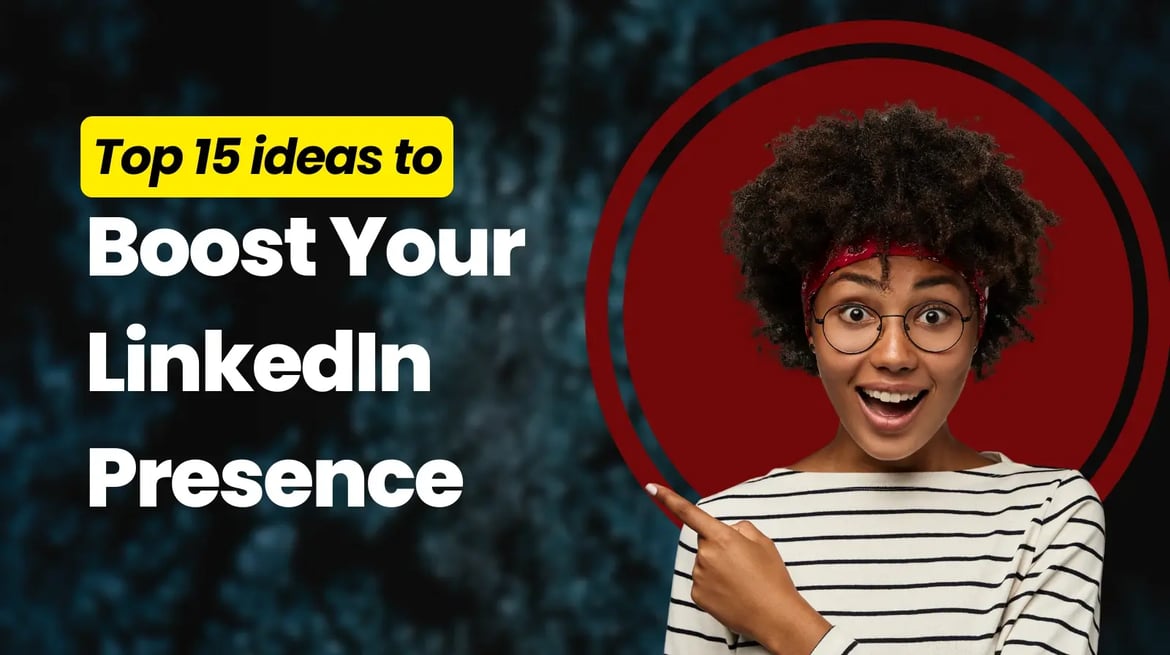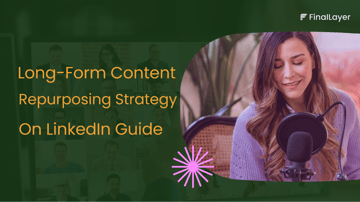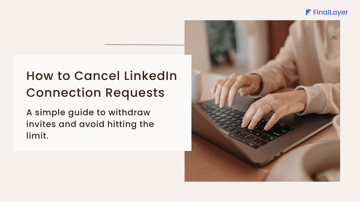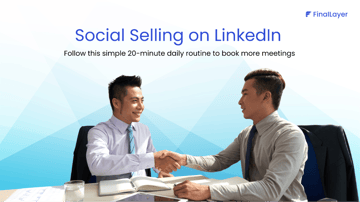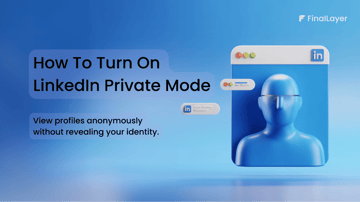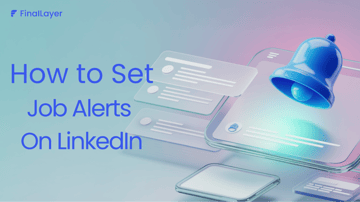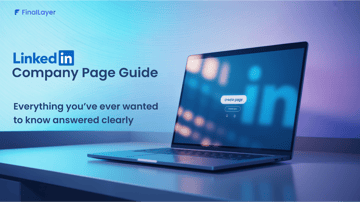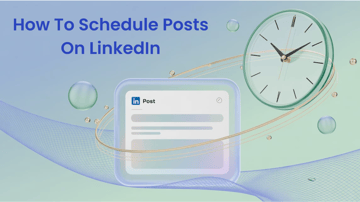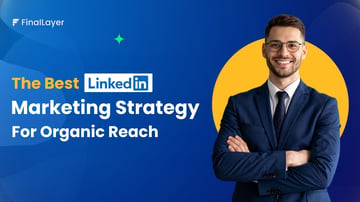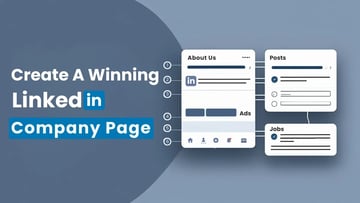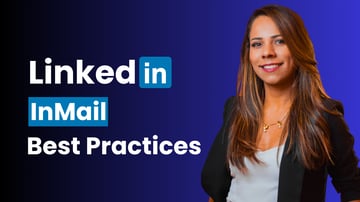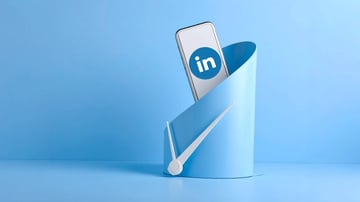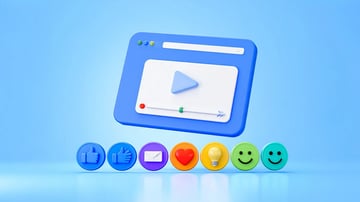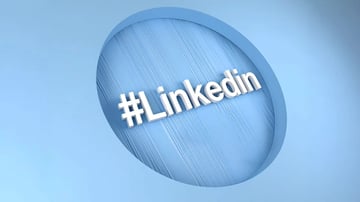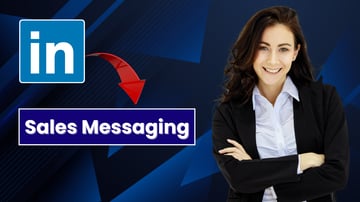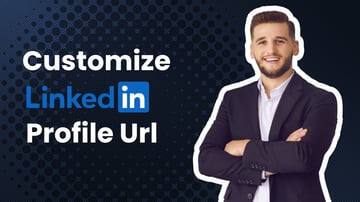Your LinkedIn is a dynamic platform where your voice, expertise, and professional brand come to life. Yet many professionals struggle with the same question: "What should I actually post on LinkedIn?"
The difference between those who build influential networks and those who remain invisible often comes down to one thing: consistent, strategic content. But staring at a blank post box, wondering what to share, can be paralyzing. That's where this guide comes in.
Whether you're looking to establish thought leadership, attract clients, land your next opportunity, or simply stay top-of-mind with your network, the right content strategy makes all the difference. Below, you'll find 15 proven LinkedIn post ideas that drive engagement, build authority, and help you stand out in a crowded feed, each with specific examples and actionable implementation tips.
Why You Should Post on LinkedIn
LinkedIn is the most powerful professional networking platform. But simply having a profile isn't enough; active participation is what converts LinkedIn from a digital resume into a career-accelerating tool.
Visibility drives opportunity. When you post regularly, you stay top-of-mind with your network, making you the first person people think of when opportunities arise. Recruiters are 40% more likely to contact candidates who actively share content, and 80% of B2B leads from social media come from LinkedIn.
Content establishes credibility. Every post positions you as a thought leader in your field. When you consistently share insights, your network begins to view you as an expert resource. This perceived authority opens doors to speaking engagements, consulting opportunities, partnerships, and career advancement.
The algorithm rewards consistency. LinkedIn's algorithm favors active users who engage their networks. Regular posting increases your reach exponentially, your content appears not just to your connections but to their networks through likes, comments, and shares. One viral post can expose you to thousands of potential clients, employers, or collaborators.
LinkedIn engagement translates to real-world results. Unlike other social platforms, LinkedIn connections have a professional intent. The people engaging with your content are decision-makers, potential partners, and industry peers, making every interaction valuable for your career growth.
15 Proven LinkedIn Post Ideas with Examples
1. Share Your Career Journey and Origin Story
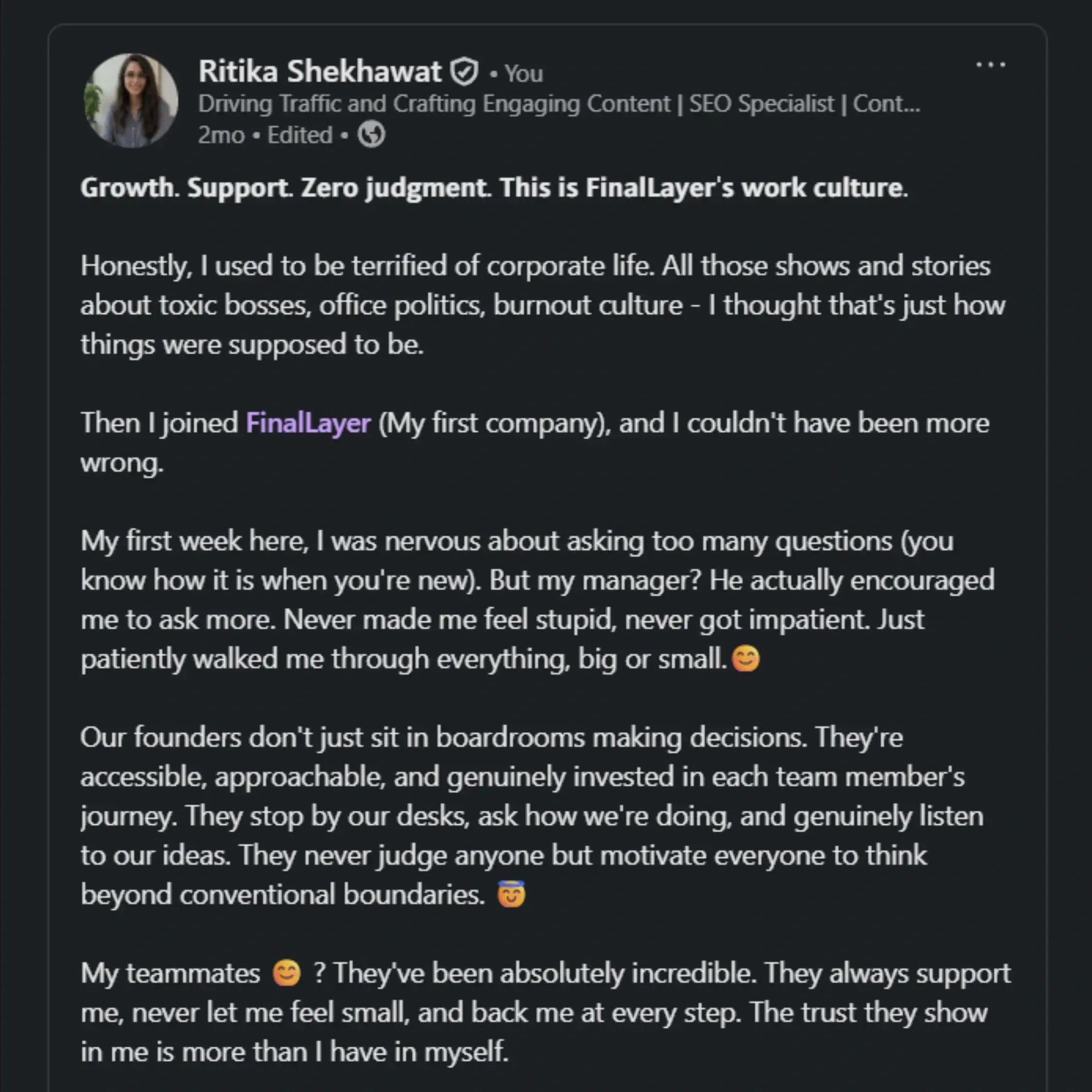
Tell authentic stories about your professional growth, setbacks, and breakthroughs to connect with your audience on a human level. Focus on the lessons learned rather than self-promotion, and make your story relatable to others facing similar challenges.
Start with where you began, your first job, a major career pivot, or humble beginnings. Share specific obstacles you faced and the exact steps you took to overcome them. Include one actionable lesson that others can apply to their own careers. Keep your tone conversational and don't be afraid to show vulnerability.
Need inspiration for your career story? Use the FinalLayer Topic Suggestions Agent to generate personalized LinkedIn post ideas centered around "personal growth." The AI agent understands your profile and industry to recommend relevant angles for your career narrative; whether it's highlighting a pivotal moment, discussing a skill you developed, or sharing a failure that shaped you. You can also select custom topics that align with your unique experiences, ensuring your origin story resonates authentically with your target audience.
2. Post Behind-the-Scenes Content
Give your audience an authentic look at how work actually gets done to build trust and humanize your brand. Behind-the-scenes content strips away the polish and shows the real processes, people, and moments that drive your success.
Share team brainstorming sessions, your actual workspace setup, or morning routines that fuel productivity. Document the messy middle of a project, not just the finished result. Show the tools and systems you rely on daily, and explain why you chose them over alternatives.
Use video format for maximum impact, short, vertical clips similar to Instagram Reels or TikTok perform exceptionally well on LinkedIn. Record quick tours of your office, capture spontaneous team moments, or film a "day in the life" sequence.
3. Share Industry Insights and Data
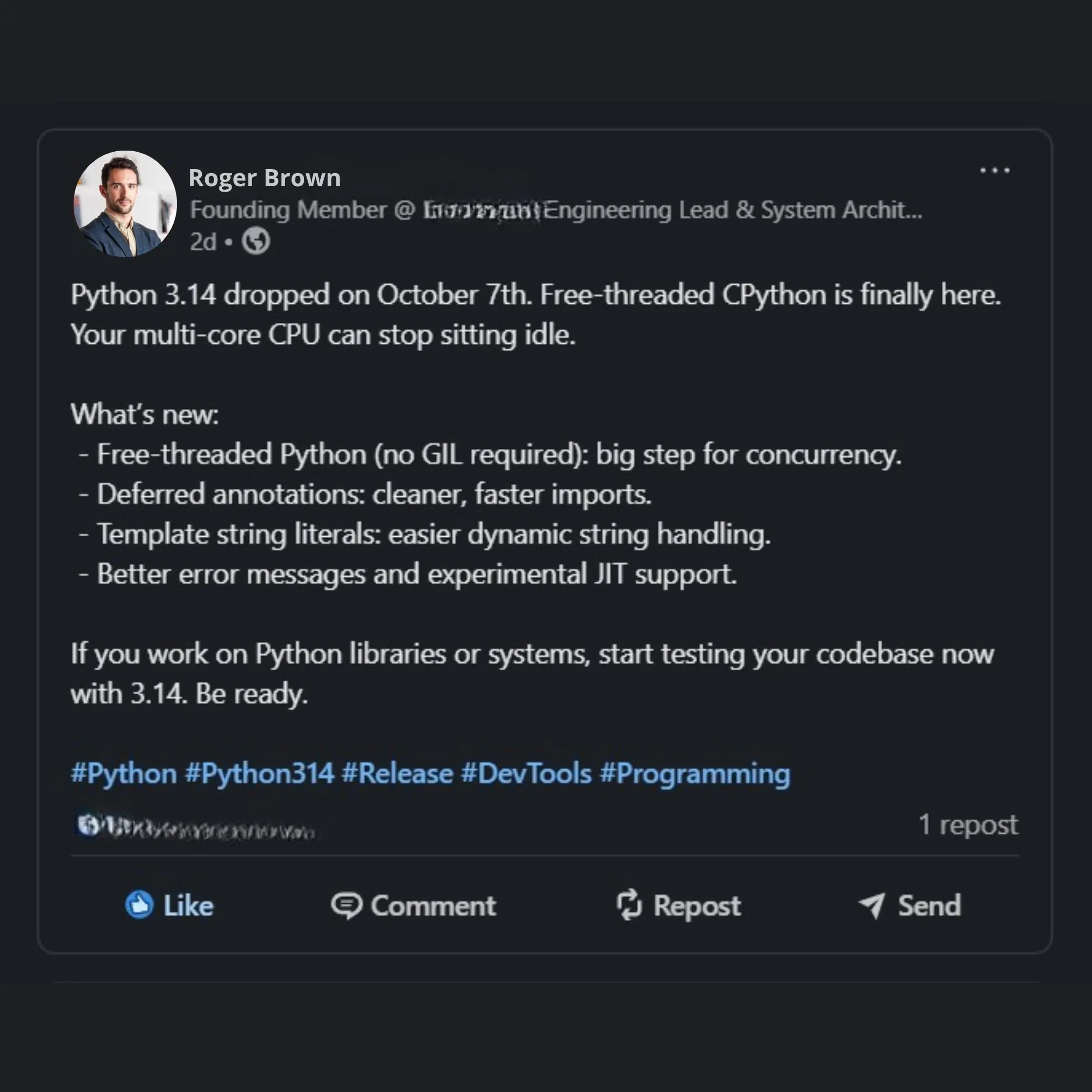
Keep your network informed with relevant statistics, research findings, and data that matter to your industry. Data-driven posts establish authority and provide context that helps your audience understand industry trends.
Reference recent studies, reports, or surveys relevant to your field. Break down complex data into digestible insights and add your unique interpretation or analysis. Use visuals like charts, graphs, or infographics to make the data more engaging and easier to understand at a glance.
Always cite your sources to build credibility and give readers the option to dive deeper. Explain why the data matters specifically to your audience and what actions they should consider based on these findings.
Additionally, consider starting a "Data Drop" series where you share the most important industry statistics weekly or monthly. This creates consistency and gives your audience a reason to follow your content regularly.
Finding the right data to share can be time-consuming. AI agents like FinalLayer can streamline your research by identifying industry insights and emerging trends based on your professional profile. This helps you stay consistent with data-driven content without getting overwhelmed by the endless stream of industry news and reports.
4. Ask Thought-Provoking Questions
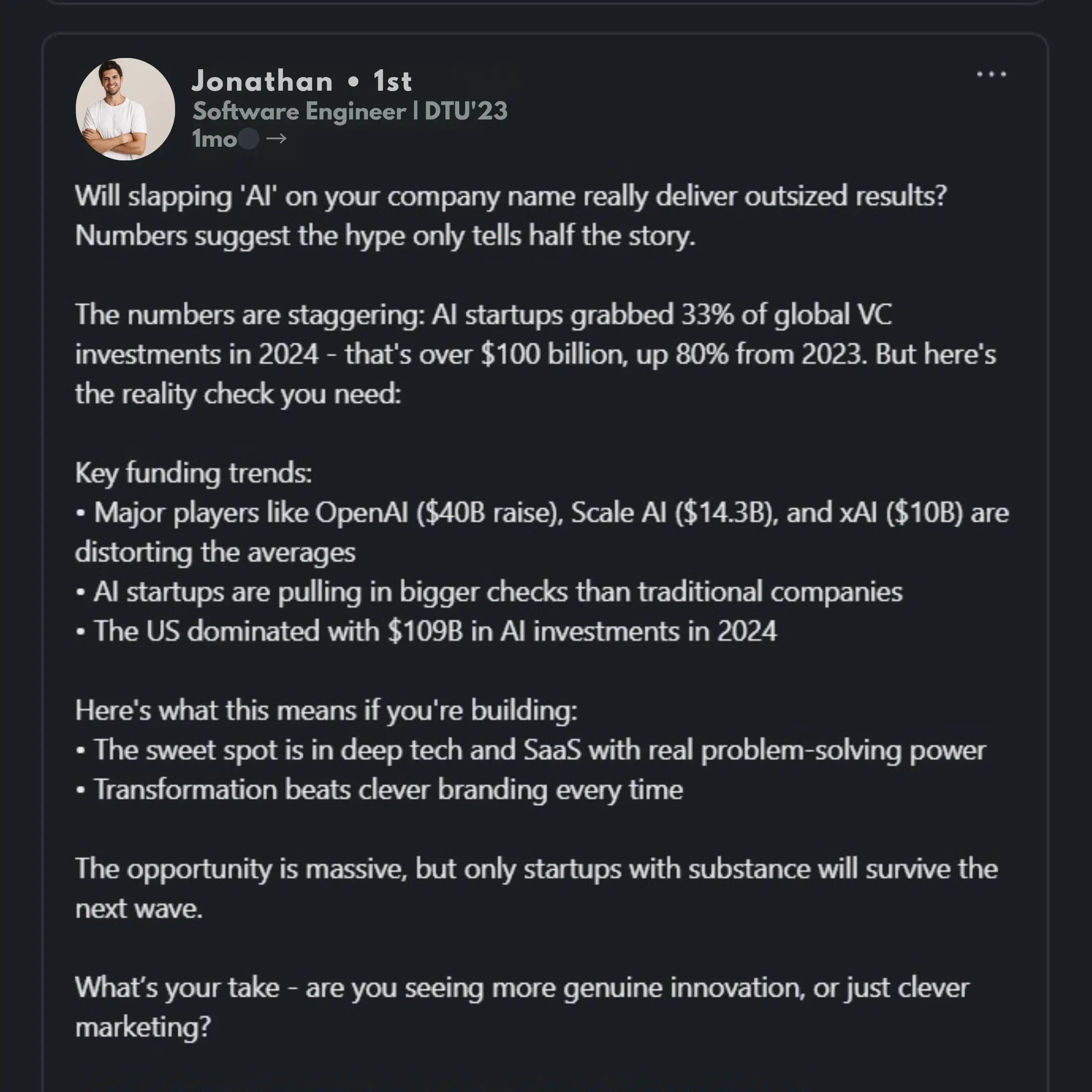
Turn passive scrollers into active participants by posting questions that spark genuine discussion and debate. Questions consistently generate high engagement because they invite your network to share their experiences and perspectives.
Craft questions that require more than a yes/no answer. Ask about specific challenges, decision-making processes, or predictions about your industry's future. Use polls for quick feedback on preferences, and text posts for deeper discussions.
Respond to every comment within the first 2 hours to maximize your post's visibility in LinkedIn's algorithm. Additionally, use the insights from your audience's responses to inform future content. Your network is telling you exactly what topics they care about most.
5. Spotlight Customer Success Stories
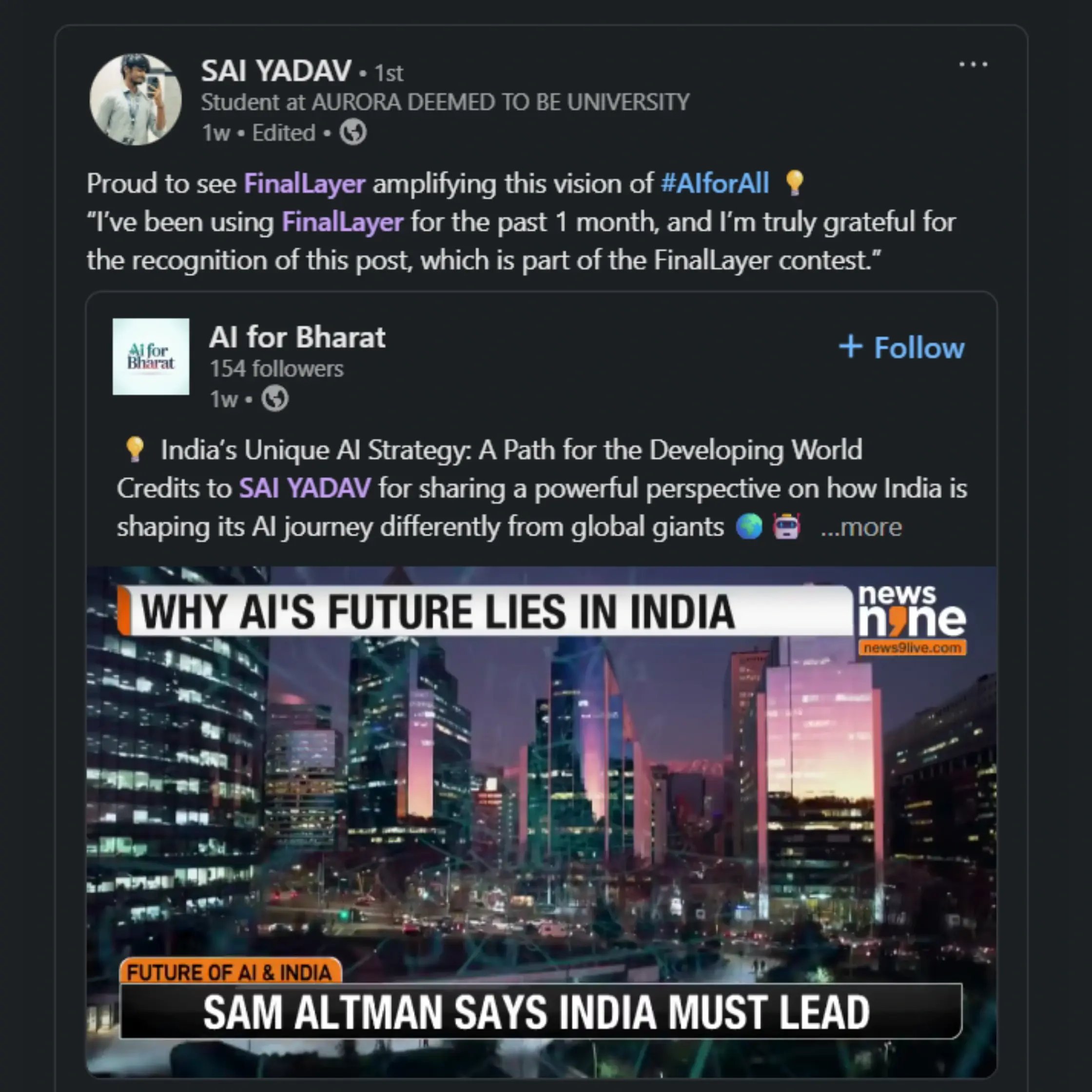
Give customers the spotlight by sharing their stories, testimonials, and user-generated content that demonstrate real-world value. Tag featured customers in your posts to expand your reach and encourage them to share your content with their networks.
Create detailed case studies that showcase real results. Provide context about the challenge your customer faced, explain the solution you implemented, and highlight quantifiable outcomes with specific metrics. Include direct quotes from the customer to add authenticity and credibility.
Additionally, repost positive reviews and mentions as well as any photos or videos showing customers using your product in real-world situations. When applicable, visual comparisons of results can significantly boost engagement and make the transformation more tangible for prospects.
6. Share Contrarian or "Hot Take" Opinions
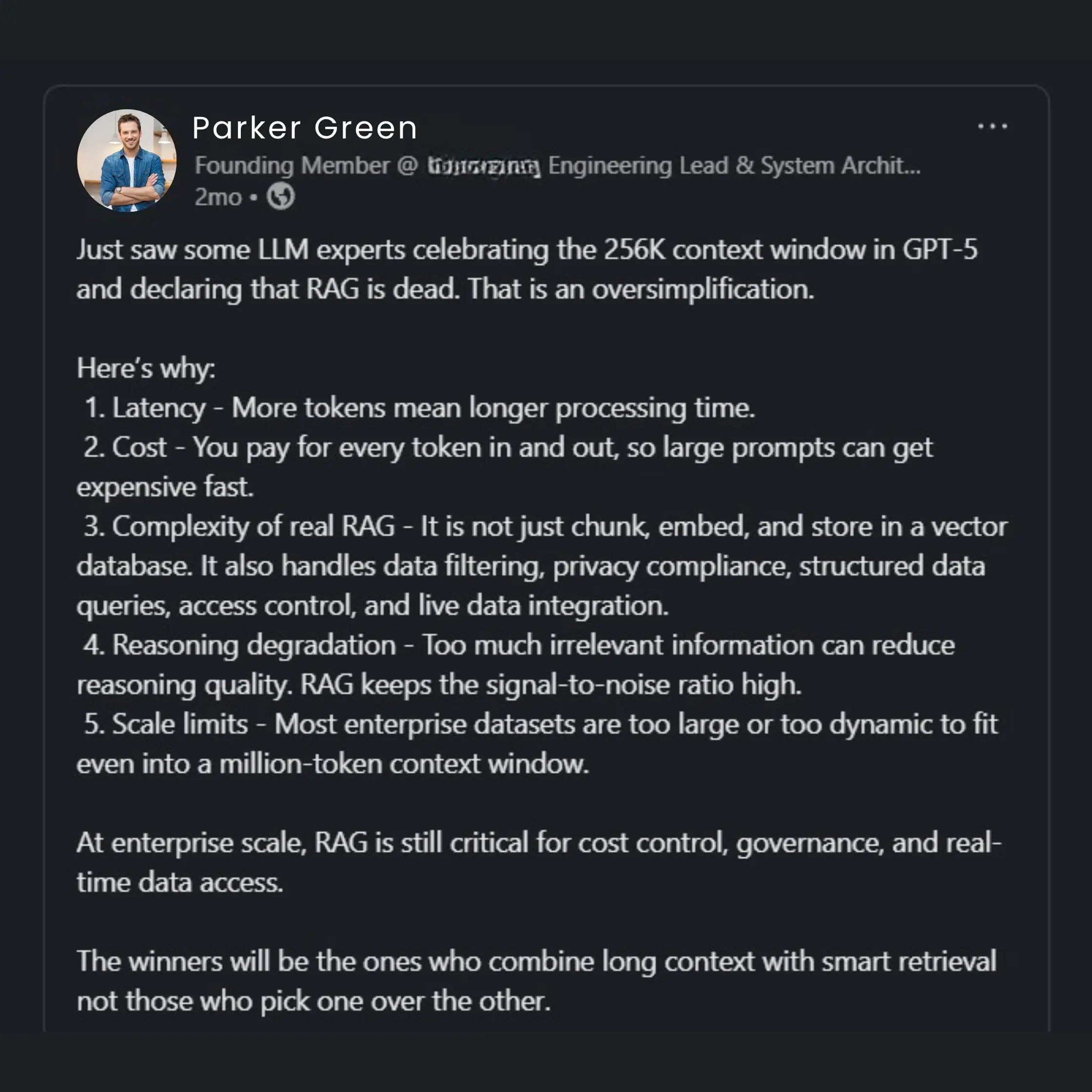
Challenge conventional wisdom in your industry to spark debate and position yourself as an independent thinker. Contrarian posts generate high engagement because they disrupt the echo chamber and invite discussion from multiple perspectives.
State your contrarian view clearly in the opening lines. Back up your position with reasoning, data, or personal experience rather than just being provocative for attention. Acknowledge the counterargument to show you've considered other viewpoints, then explain why you still hold your position.
Maintain professionalism throughout, be controversial, not combative. The goal is to stimulate thoughtful debate, not alienate your network. Additionally, be prepared to engage actively in the comments to defend your position respectfully and address questions or concerns from those who disagree.
7. Celebrate Milestones and Achievements
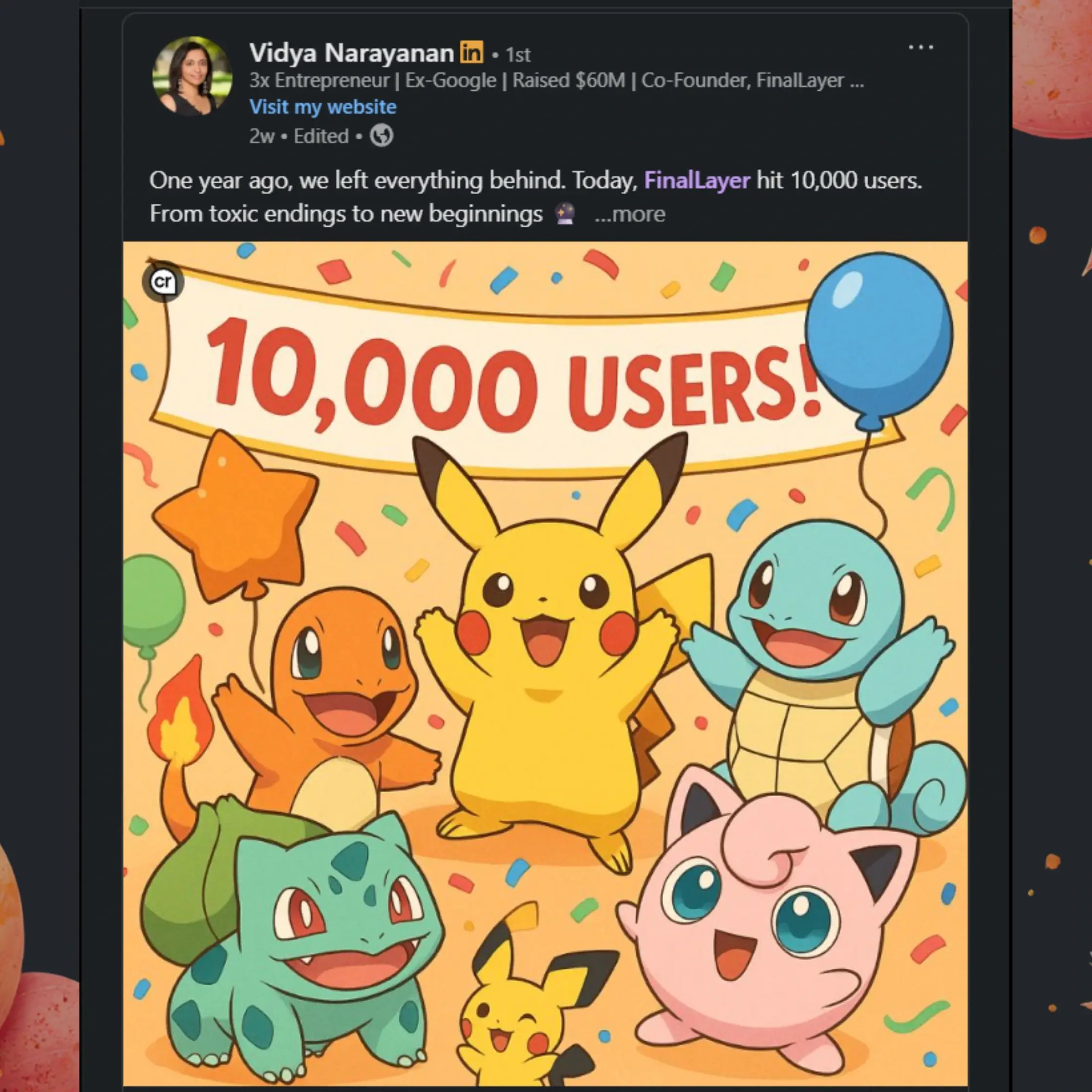
Share professional wins and milestones to build momentum and inspire your network while showcasing your progress. Your connections genuinely enjoy celebrating success with you, and milestone posts remind them of your growth and capabilities.
Post about work anniversaries, company growth metrics, personal achievements like certifications or speaking engagements, team accomplishments, product launches, or reaching follower milestones. Be specific about the numbers. "We hit 10,000 customers" performs better than "We're growing fast."
Balance pride with gratitude in every milestone post. Thank the people who helped you succeed, whether that's your team, mentors, clients, or supporters. This approach makes the celebration feel inclusive rather than self-centered.
Additionally, use milestone posts as opportunities to reflect on lessons learned during your journey. This adds value beyond the celebration and gives your audience actionable insights they can apply to their own goals.
8. Create Weekly or Monthly Series
Build anticipation and brand recognition by publishing content on a consistent schedule with recurring themes. Series content creates habit-forming engagement where your audience knows exactly when to expect valuable insights from you.
Choose a theme that aligns with your expertise and audience needs, then commit to publishing at the same time each week or month. Consistent series posts train your network to look for your content, increasing the likelihood they'll engage when they see it.
Popular series formats:
- "#MotivationMonday" – Inspirational career stories
- "Tool Tuesday" – Software and resource recommendations
- "Wisdom Wednesday" – Industry insights and lessons
- "Fail Friday" – Lessons learned from mistakes
- "Sunday Strategy" – Planning tips for the week ahead
Use a consistent visual template and hashtag for every post in your series to make them instantly recognizable in the feed. Additionally, repurpose series content into other formats, compile your weekly posts into a monthly roundup article or create an annual "best of" collection that showcases your most valuable insights.
9. Post Short-Form Video Content
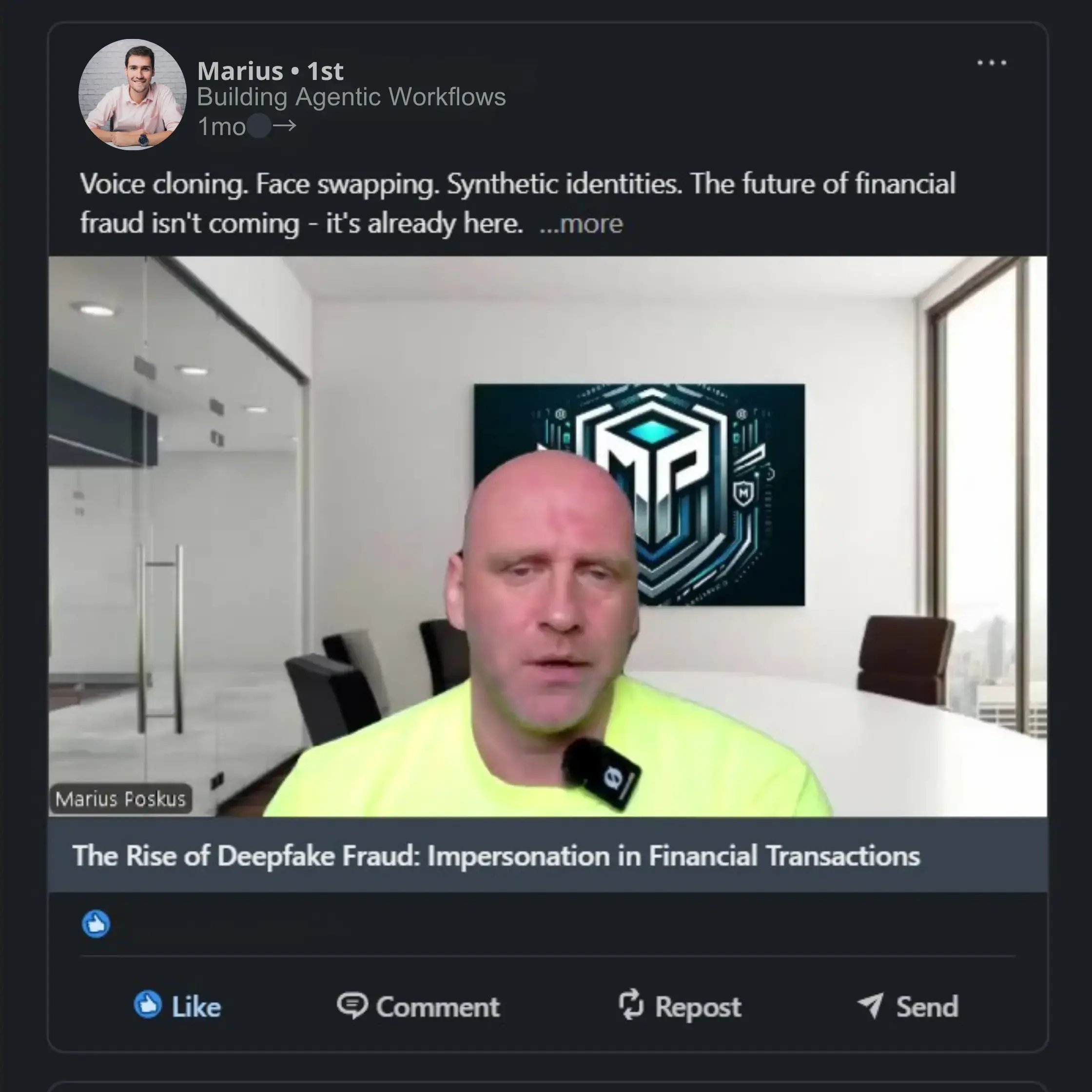
Leverage LinkedIn's fastest-growing content format to capture attention and drive engagement. Video uploads are up 34% year-over-year, and videos generate 1.4 times more engagement than other content formats, making them essential for maximizing your reach.
Create 30-60 second videos that deliver quick insights, tips, or demonstrations related to your expertise. Hook viewers within the first 3 seconds. LinkedIn users scroll fast, and your opening moment determines whether they'll watch or skip.
Shoot vertical video optimized for mobile viewing, as most LinkedIn users access the platform on their phones. Always add captions or subtitles since some users watch with sound off. Additionally, keep videos under 90 seconds for maximum engagement; shorter content has higher completion rates, which signals quality to LinkedIn's algorithm and increases distribution.
10. Showcase Employee Stories and Team Culture
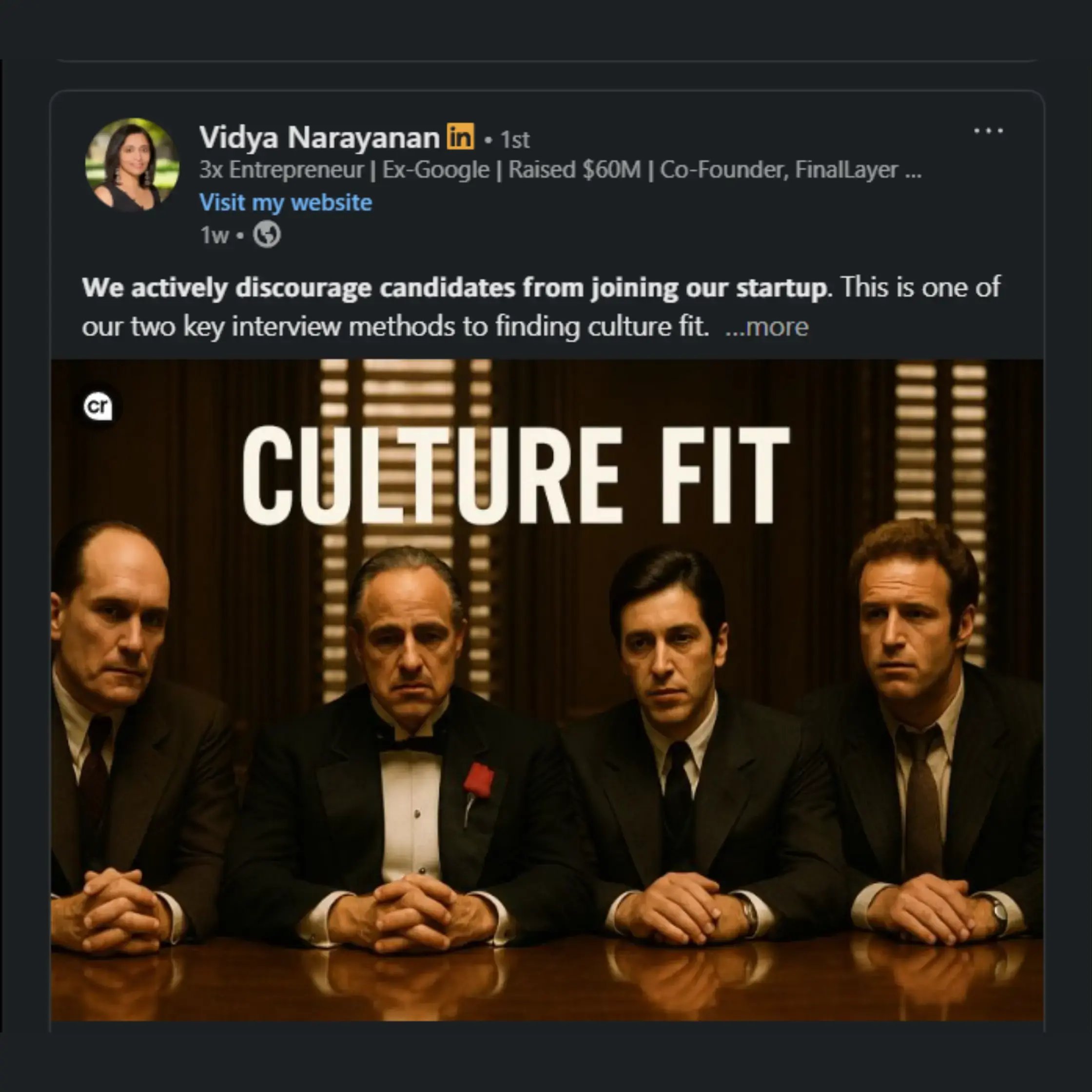
Humanize your brand by highlighting the people behind your company and celebrating their contributions. Employee spotlight posts build authentic connections while demonstrating what makes your workplace unique and attractive to potential talent.
Feature individual team members with their role, background, and an interesting personal fact that makes them relatable. Share team celebration moments, office traditions, remote work setups, or examples of your company values in action. Don't forget to welcome new hires publicly to make them feel valued and to show your company is growing.
Tag employees in these posts to extend your reach through their networks. Employee-shared content generates twice the click-throughs of company page posts alone, making team members your most powerful amplification channel.
Additionally, encourage employees to share and comment on these posts by making it easy for them, sending them the draft ahead of time, and suggesting what they might say when sharing with their network.
11. Share Curated Resources and Tools
Position yourself as a helpful resource by compiling and recommending the best tools, content, and materials in your industry. Curation posts provide immediate value while requiring less time than creating original content from scratch.
Share podcasts, articles, books, online courses, software tools, or templates that have genuinely helped you in your work. Add context explaining why each resource is valuable and who would benefit most from it. Your personal recommendation and specific use cases make generic resources feel more relevant and actionable.
Create carousel posts or document uploads to make your resource lists more visually appealing and easier to save. Additionally, update and reshare your most popular resource posts quarterly, curated lists have evergreen value, and periodic updates keep them current while reaching new audience members who missed the original post.
12. Post Job Opportunities and Hiring Announcements
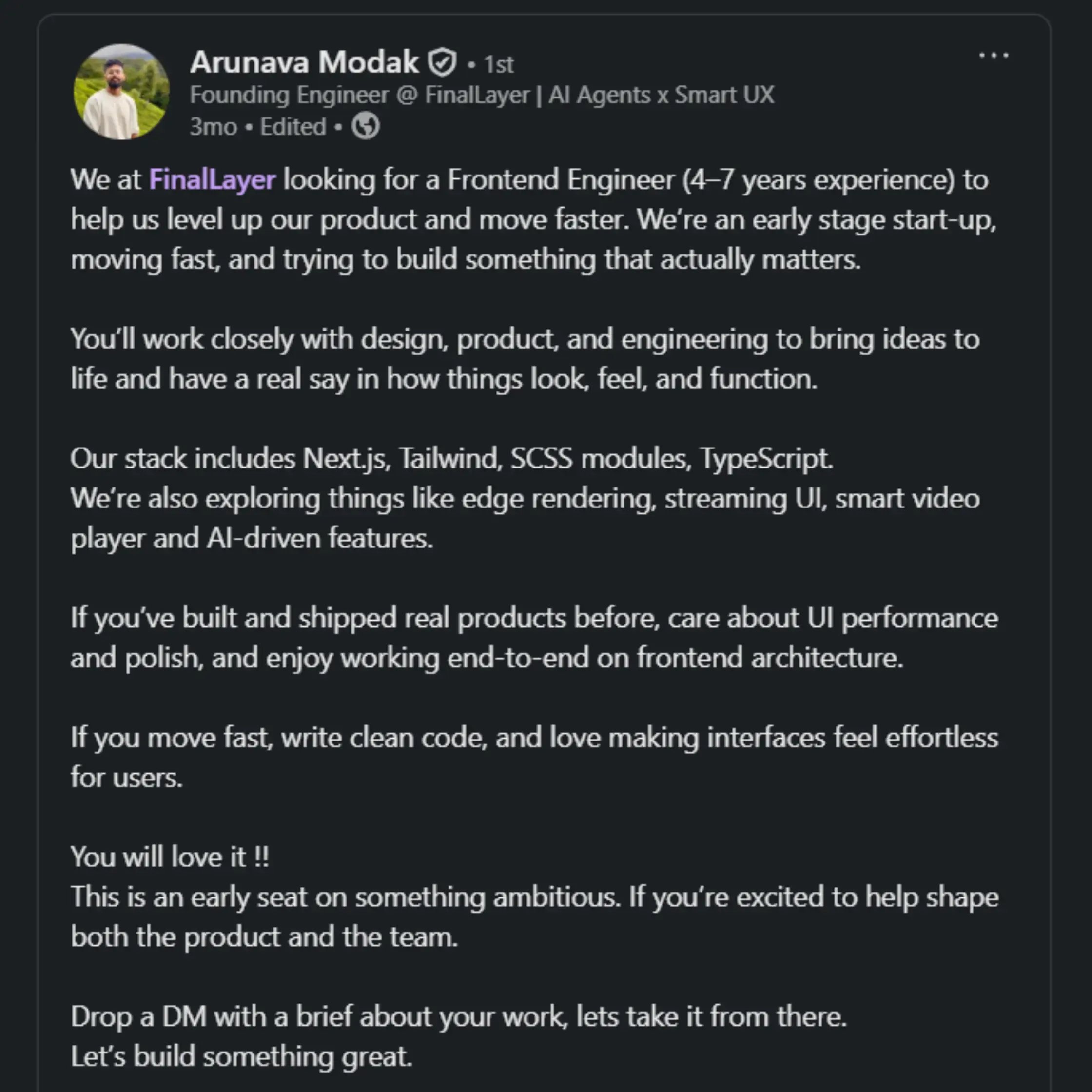
Tap into LinkedIn's core purpose as a career platform by sharing relevant job opportunities with your network. Job posts naturally expand your reach through shares and tags as people help their connections find opportunities.
Go beyond simply posting a job description link. Tell a story about why the role exists and what problem this person will solve. Describe the ideal candidate's characteristics beyond the basic requirements, and share what makes your company culture unique or what impact this hire will make.
Additionally, consider posting regular roundups of multiple opportunities in your industry, even if they're not at your company. This positions you as a valuable connector in your professional community and significantly increases engagement as people tag friends and colleagues who might be interested.
13. Share Personal Lessons and Failures
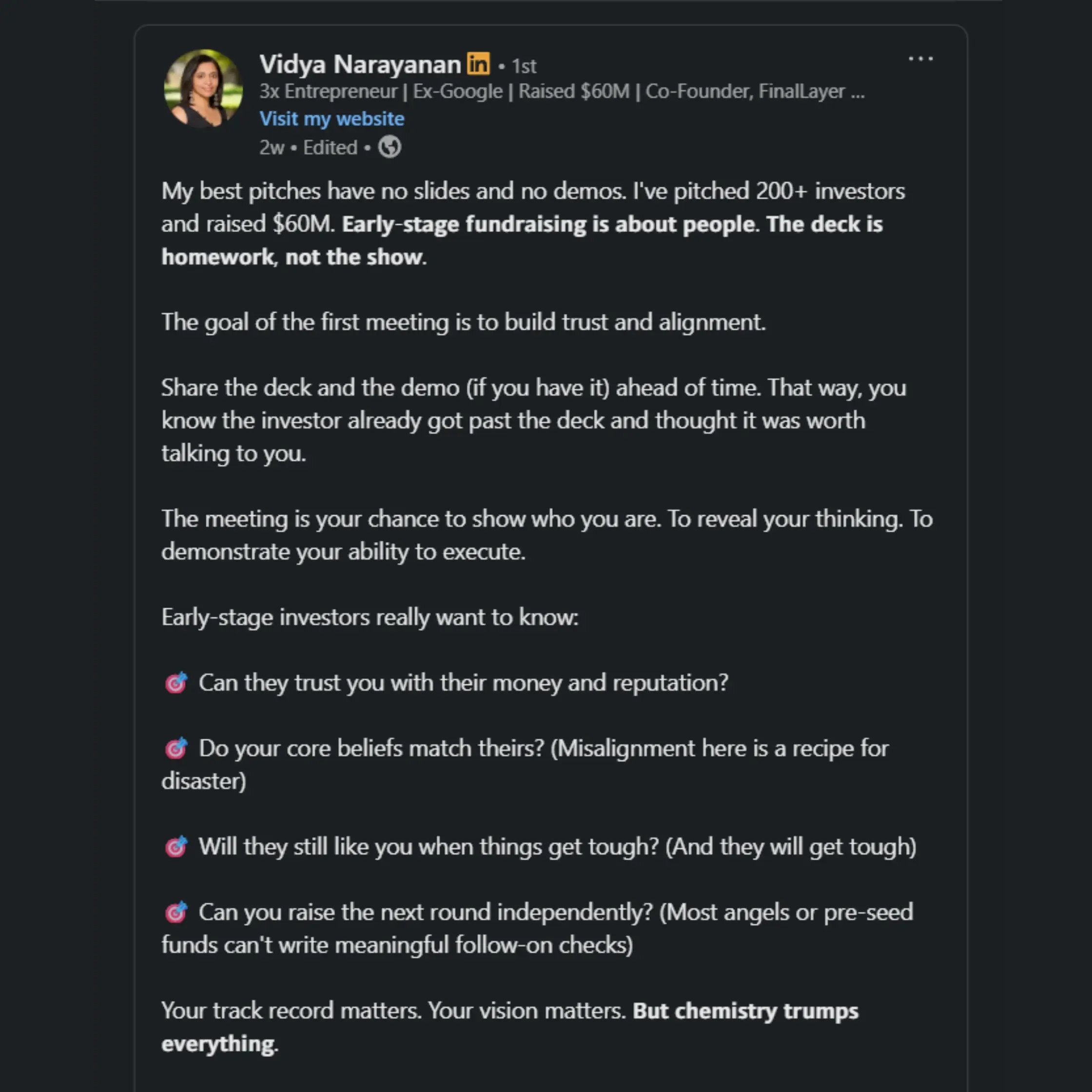
Build deeper connections through vulnerability by sharing mistakes, failures, and hard-earned lessons from your career journey. Authentic stories about setbacks are more relatable than success stories alone and demonstrate self-awareness that builds trust.
Focus on the learning rather than dwelling on the failure itself. Explain what you tried, why it didn't work, what you learned from the experience, and how you'd approach it differently today. Make your lesson actionable so others can avoid the same mistake.
Use this formula: Vulnerability + Lesson + Actionable takeaway. The vulnerability creates a connection, the lesson provides value, and the actionable element gives readers something concrete to implement.
Additionally, frame failures within growth show how the setback led to an important skill, perspective, or opportunity you wouldn't have otherwise gained. This prevents the post from feeling negative while maintaining authenticity.
14. Create Polls to Spark Engagement
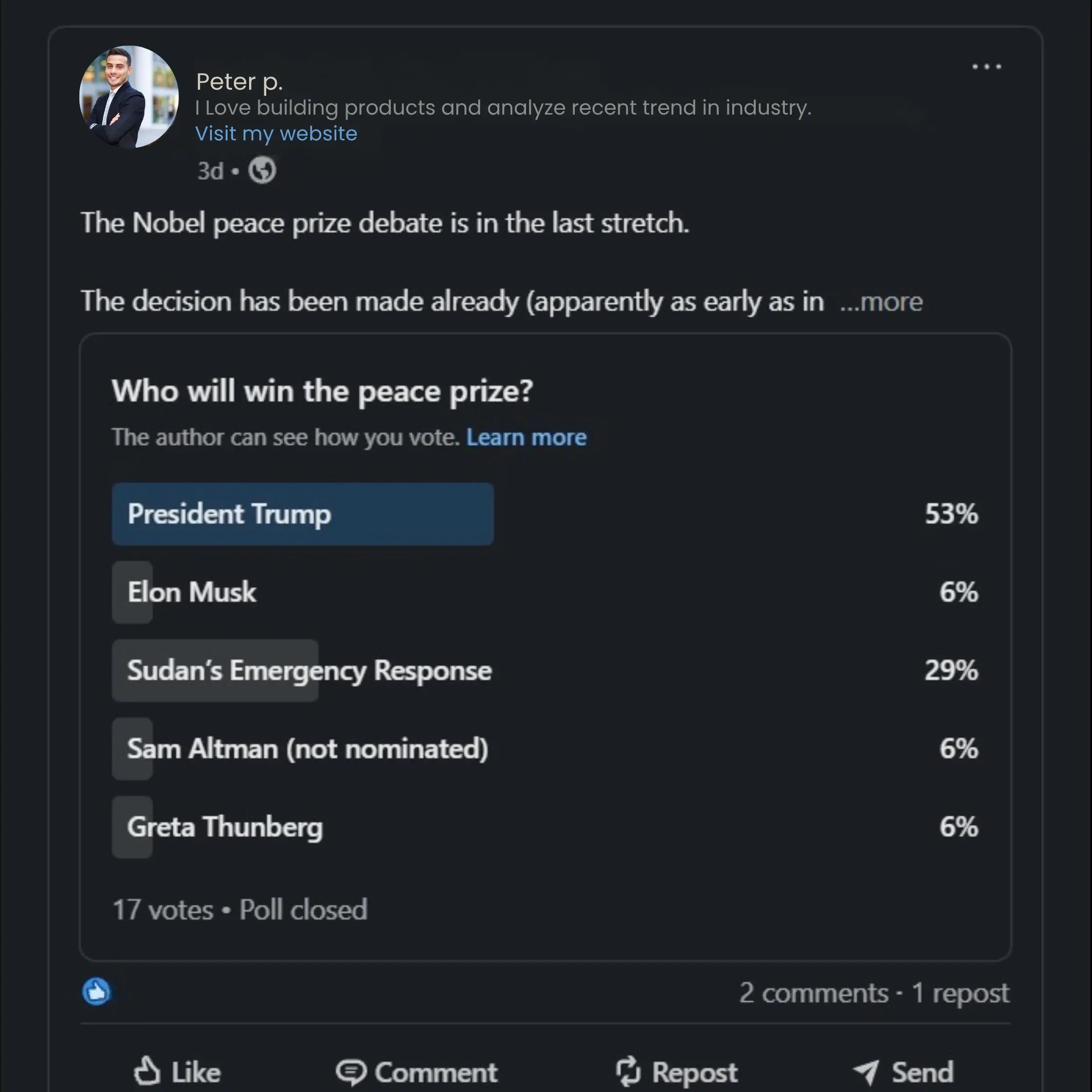
Drive participation and gather valuable audience insights with low-friction poll posts that invite your network to share their opinions. Polls are among the easiest content types for your audience to engage with, requiring just a single click rather than a thoughtful comment.
Create polls around industry preferences, common practices, tool choices, work-from-home debates, professional priorities, or predictions about trends. Keep your poll options clear and balanced, avoiding obviously biased choices that might skew results.
Set your poll duration strategically, 24 hours for time-sensitive topics, 1-2 weeks for larger discussions. Additionally, use poll results as jumping-off points for follow-up content. Share the results with your commentary and insights, or create a carousel breaking down what the data reveals about your industry.
15. Share Infographics and Data Visualizations
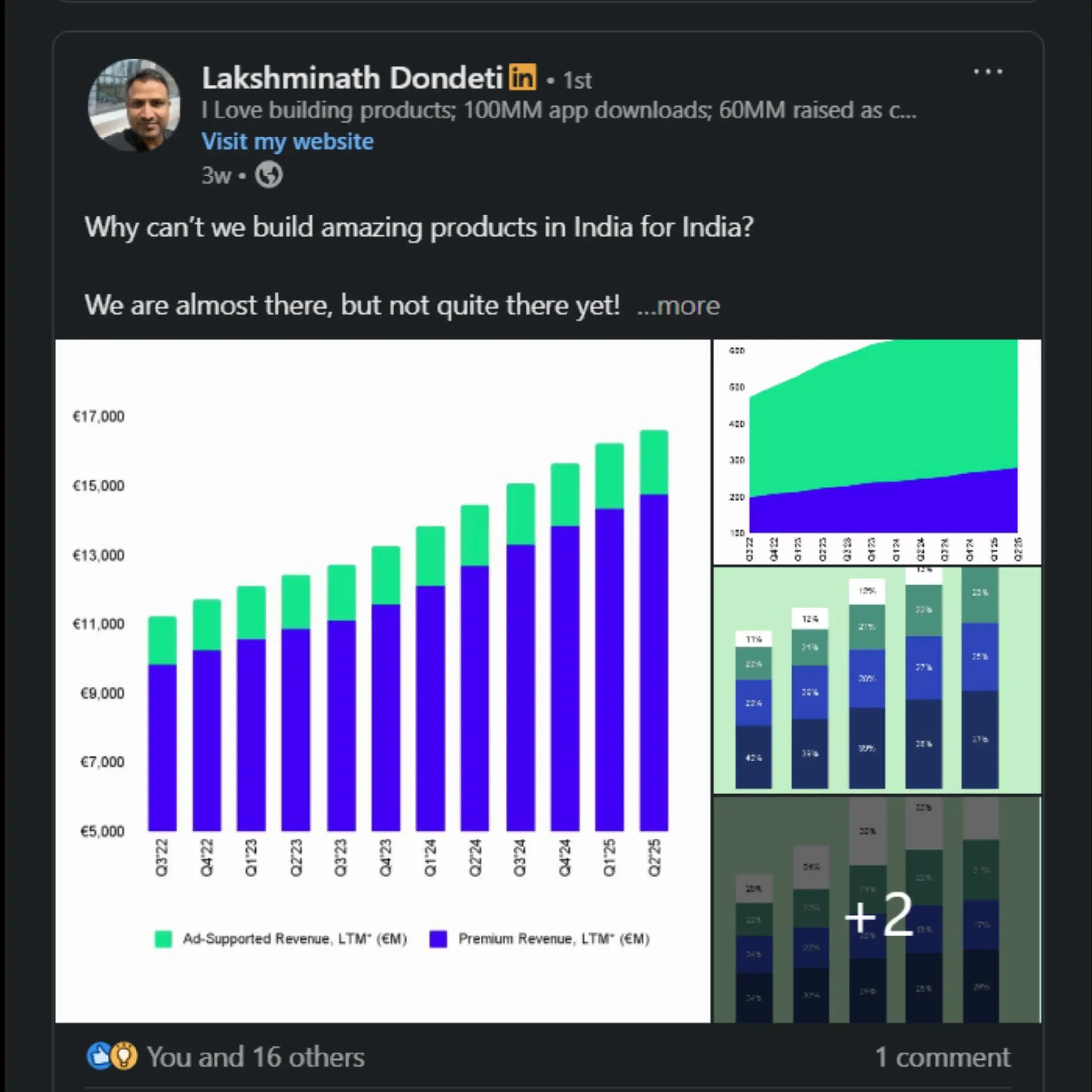
Transform complex information into digestible visual content that stands out in the feed and gets saved for future reference. Visual data posts are significantly more shareable than text-only content and position you as a source of valuable, well-researched information.
Create infographics showcasing industry statistics and trends, survey results from your audience, comparison charts, process flowcharts, or timeline-based information. Focus on making one clear point per infographic rather than cramming too much information into a single visual.
Use tools like Canva, Piktochart, or Adobe Express to create professional-looking visuals even without design experience. Additionally, break complex reports or whitepapers into multiple single-stat graphics that you can post as a series throughout the week. This allows you to extract maximum value from research while keeping each post focused and digestible.
Conclusion
Building a powerful LinkedIn presence doesn't require you to be a content creation genius or spend hours crafting every post. It requires consistency, authenticity, and strategic thinking about what value you can bring to your network.
These 15 proven post ideas give you a framework to never run out of content again. Start by choosing 3-4 formats that feel most natural to you and your expertise. Experiment with different approaches, track what resonates with your specific audience, and double down on what works.
